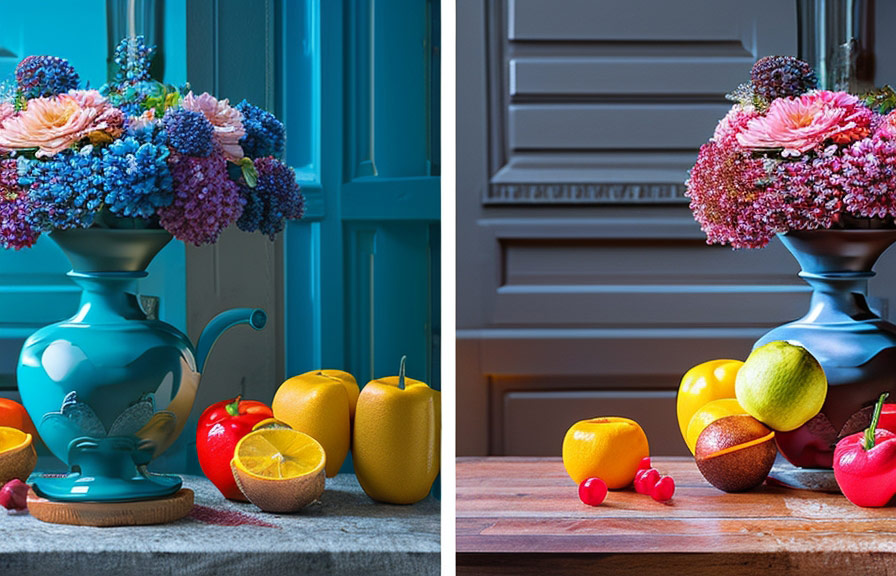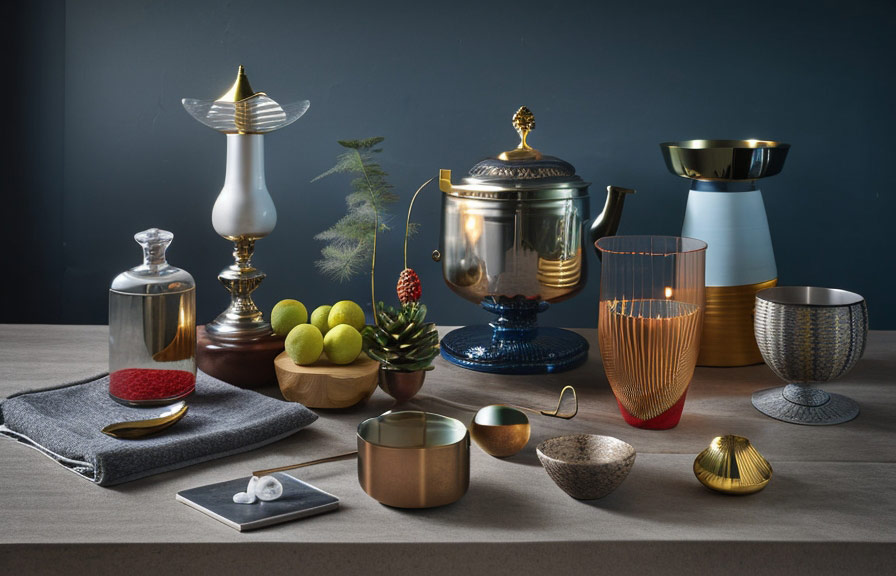Did you know that still life photography has its roots in the early days of painting, dating back to ancient egypt, greece, and rome? fast forward to today, and this art form has evolved into a powerful storytelling medium for photographers.
If you're looking to capture a captivating still life image that goes beyond the ordinary, you've come to the right place! in this post, we'll explore the best settings, lenses, and lighting techniques to help you create a stunning still life photo that tells a story.

Unlocking the best settings for still life photography
To achieve professional-quality still life photos, it's essential to understand the fundamentals of camera settings. here are some key recommendations:
1. Aperture: opt for a small aperture (higher f-stop number) to ensure maximum depth of field. this helps you maintain sharp focus throughout the scene. typical aperture settings for still life photography range from f/8 to f/16.
2. Shutter speed: depending on the lighting conditions and the desired effect, you may need to use a slow shutter speed. this can range from 1/60 to several seconds. if you're using a slow shutter speed, don't forget to use a tripod to avoid camera shake.
3. Iso: keep your iso low (100-200) to minimize noise, especially if you're working with natural light or a slow shutter speed.
4. White balance: set your white balance to match the light source. this ensures accurate color representation in your images. for example, if you're using tungsten lights, set your white balance to the tungsten setting.
5. Focus: use manual focus to ensure precise control over the focal point in your composition.
Choosing the best lenses for still life photography
The lens you choose can make a significant impact on the overall look and feel of your still life images. here are some popular choices for still life photography:
1. Macro lenses: macro lenses are ideal for capturing small objects and fine details. they allow you to get extremely close to your subject, which can create a unique perspective and a sense of intimacy in your images.
2. Prime lenses: prime lenses, such as 50mm or 85mm, are known for their sharpness, low distortion, and beautiful bokeh. these lenses are often used in still life photography for their ability to isolate subjects and create a shallow depth of field.
3. Tilt-shift lenses: tilt-shift lenses give you the ability to control the plane of focus and perspective in your images. this can be especially useful in still life photography when you want to draw attention to specific elements in the scene or create a unique composition.
Mastering the art of lighting in still life photography
The right lighting can make or break a still life photograph. here are some tips on how to light your still life images for maximum impact:
1. Natural light: when working with natural light, choose a location near a window with indirect sunlight. this will create soft, even illumination across your scene. use a reflector to bounce light back onto your subject and fill in any shadows.
2. Artificial light: if you prefer to use artificial light, continuous lights or strobes can be great options. softboxes or umbrellas can help diffuse the light, creating a softer, more even effect.
3. Direction of light: experiment with the direction of your light source to create different moods and effects. side lighting can emphasize texture and form, while backlighting can create a more dramatic and ethereal look.
4. Multiple light sources: using multiple light sources allows you to control the intensity and direction of the light, which can help you create more depth and dimension in your images.
5. Color temperature: play with the color temperature of your light sources to evoke different emotions and atmospheres. for example, warm lighting can create a cozy, inviting feel, while cool lighting can evoke a sense of calm and serenity.
Fun fact: the first recorded still life photograph
The first recorded still life photograph dates back to 1837, taken by french inventor and photographer louis daguerre. his image, titled "still life with plaster casts," featured a collection of plaster sculptures and other objects arranged on a table.
This early photograph can be seen as a precursor to the modern still life genre.
An unexpected tip: the role of negative space
A lesser-known aspect of still life photography is the importance of negative space. negative space refers to the empty areas surrounding your subject. by carefully considering the negative space in your compositions, you can create a sense of balance and draw the viewer's attention to the focal point of your
Image.
Conclusion
Still life photography offers a unique opportunity for photographers to tell a story through carefully crafted compositions, lighting, and attention to detail. by mastering the best settings, choosing the right lenses, and experimenting with different lighting techniques, you can capture professional stilllife images that truly stand out.
Don't forget to have fun with your compositions and explore the role of negative space in your images. with practice and perseverance, you'll be well on your way to creating still life photos that captivate and inspire.
Now that you're equipped with these tips and techniques, it's time to bring your camera, find some interesting objects, and start experimenting with your own still life photography. happy shooting!
